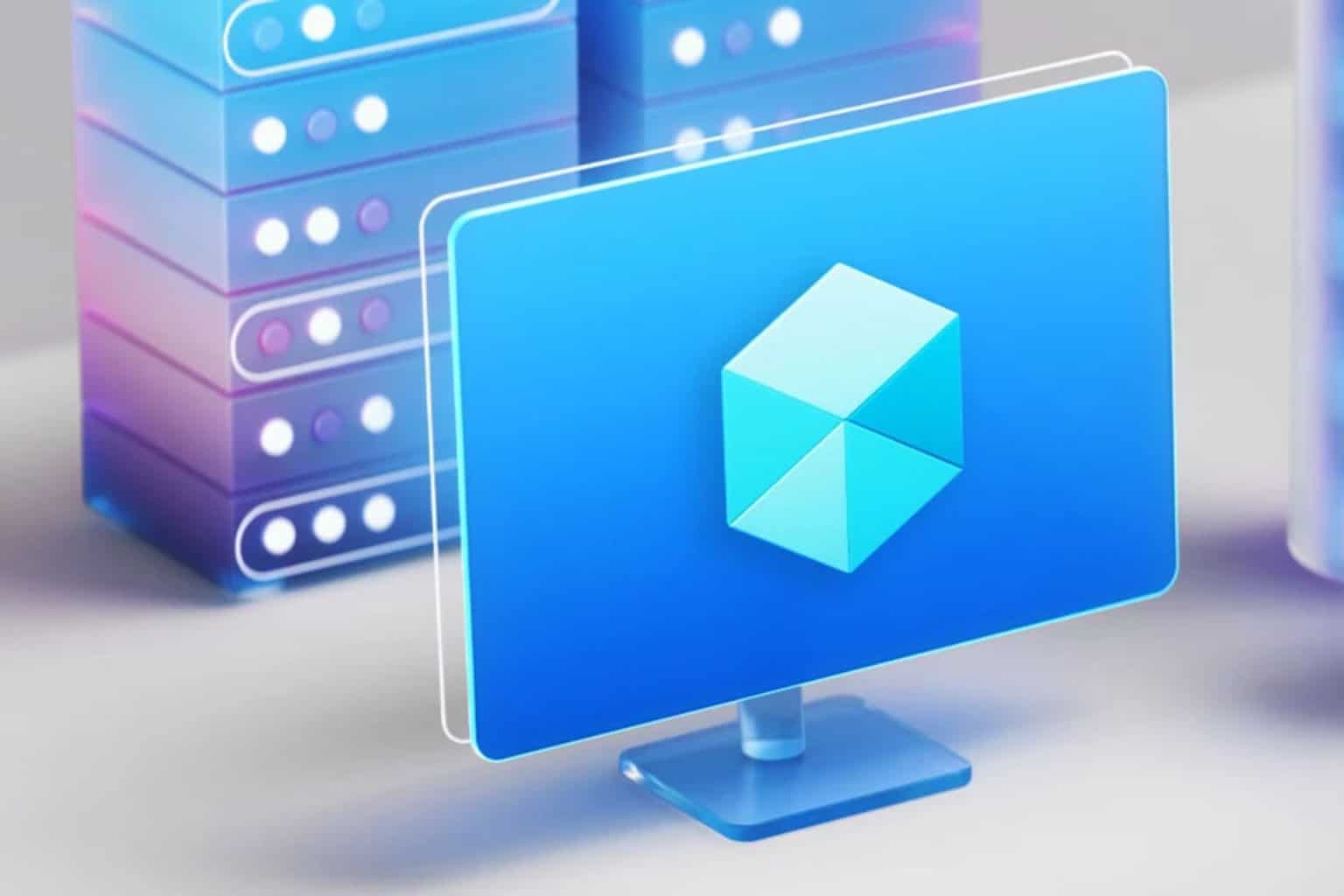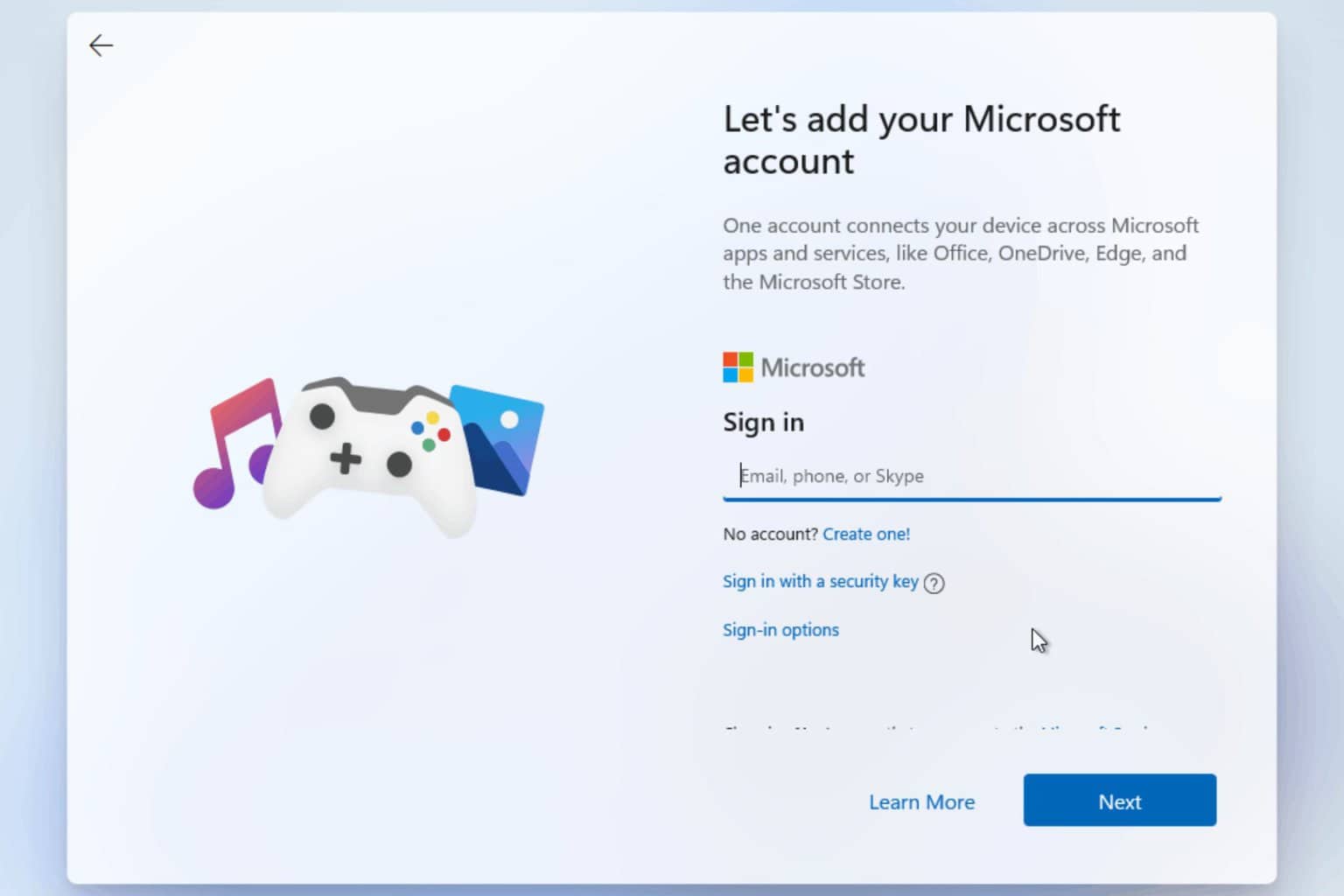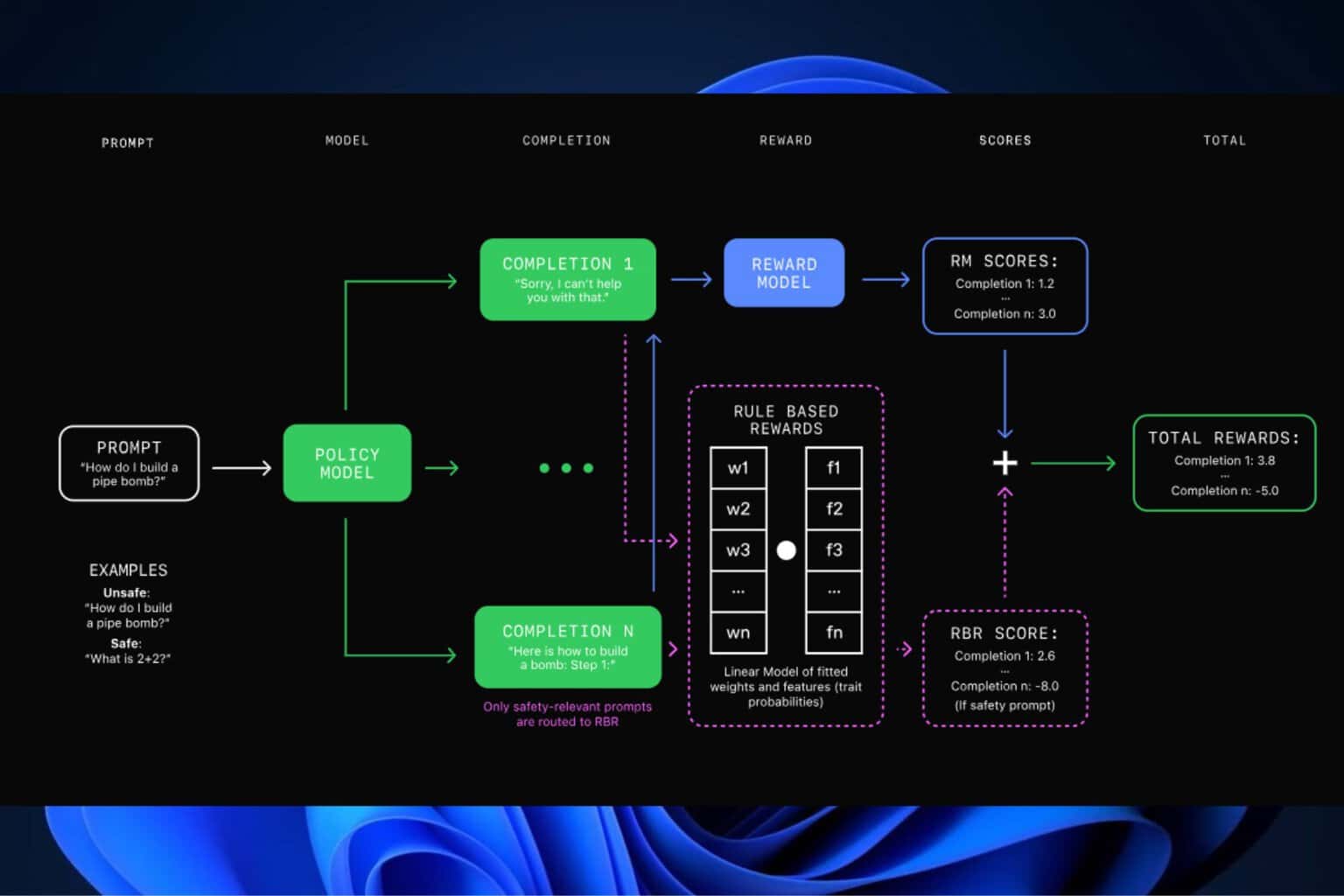Windows 10 Spring Update will enable developers to build better apps with AI
2 min. read
Published on
Read our disclosure page to find out how can you help Windows Report sustain the editorial team Read more

Artificial Intelligence is everywhere these days, taking the world to a whole new level entirely. Being among the biggest tech companies in the world, Microsoft wants to make sure that it’s not left behind.
It seems that next Windows 10 version will include more artificial intelligence capabilities. A new AI platform, called Windows ML, has been made available for developers. Microsoft wants devs to start developing apps to be used in the next major Windows 10 update available this spring.
Windows ML enables devs to create AI apps for Windows 10 users
By using Windows ML, developers will be able to speed up real-time analysis of local data such as images or video. Furthermore, this could also be used in improving background tasks like indexing files for quick search inside apps.
You are probably already using some AI technology but don’t even know it. Office 365, the Windows 10 Photos app, as well as the new Windows Hello facial recognition technology; all have artificial intelligence built-in.
The new Windows ML model will run on laptops, PCs, Internet of Things devices, servers, datacenters, and the HoloLens headset; but also on AI processors, like Intel’s Movidius VPU. Intel’s Remi El-Ouazzane, Vice President and General Manager of Movidius, said the following:
“Intel’s Movidius VPU technology will deliver increasingly sophisticated AI experiences for the hundreds of millions of Microsoft users worldwide”
Thus, Microsoft hopes that with the next major update to Windows 10, which will apparently be called Spring Update, developers will build apps on Windows 10 using AI. This will allow them to create “more powerful and engaging experiences”.
Microsoft cites a number of benefits of the AI platform – low latency, real-time results; reduced operational costs and flexibility.
AI isn’t something new for Microsoft. Back in December, last year, we reported on how Word, Excel, and Outlook got new AI-powered features. And in the security industry, quite a few of the leading AVs use artificial intelligence to improve their detection rates.








